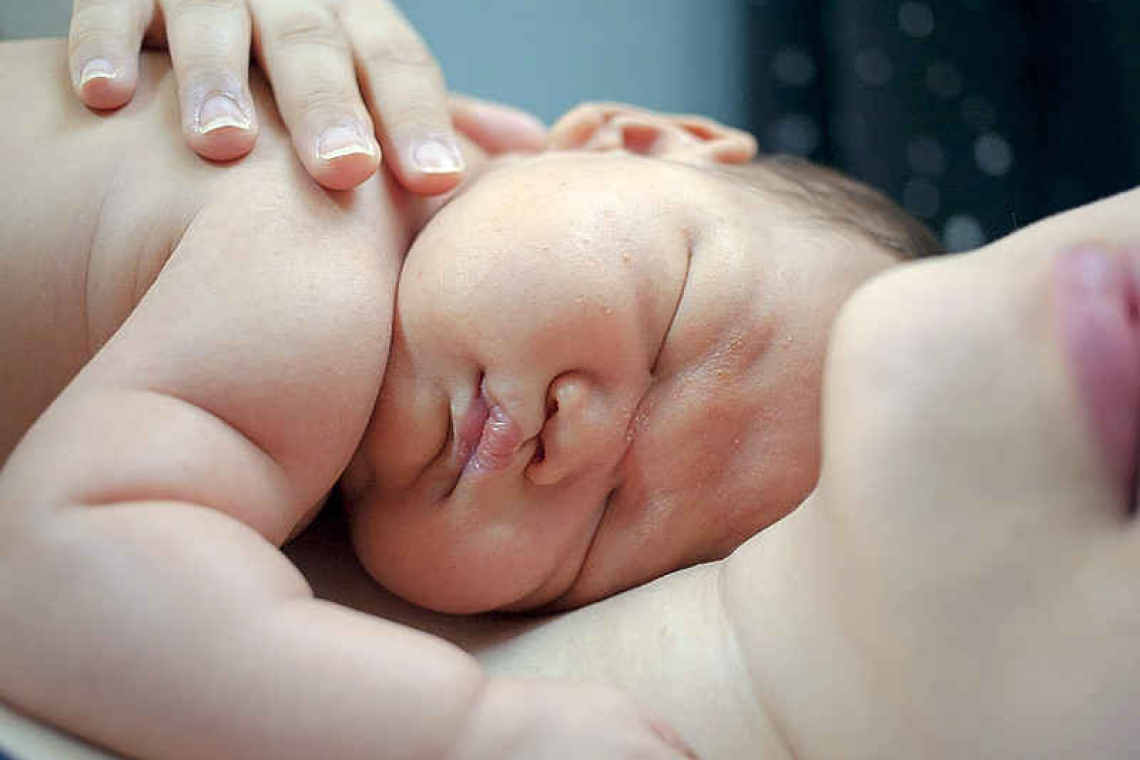By Dr. Colin Michie FRCPCH and Princely Mandizvidza
Human milk is the best food for infants. This miraculous substance delivers benefits to both mother and infant that last through their lifetimes. Communities can grow stronger by supporting new mothers to breastfeed their infants.
We should all marvel at breast milk. A white liquid forged within a mother’s body in a mysterious alchemy, from her red blood. Toni Morrison created an image of this in the Song of Solomon: “She had the distinct impression that his lips were pulling from her a thread of light. It was as though she were a cauldron spinning gold. Like the miller’s daughter – the one who sat at night in a straw-filled room, thrilled with the secret power Rumpelstiltskin had given her: the golden thread stream from her very own shuttle.” This fluid provides succulence and protections to infants that outclass substitute formula milks manufactured from the other mammals – even though these are powerfully promoted in all media.
Human milk has many overlapping superpowers. It contains large amounts of immunoglobulins that coat the infant gut like a protective paint, shielding against infection. Then there are high levels of short chains of sugars, or oligosaccharides. These are prebiotic: they are food for health-promoting gut microbes. Some breast milk oligosaccharides (HMOs) are manufactured artificially and used to reduce inflammation – they can be employed to treat adults with inflammatory bowel problems. So, breast milk is good not just for the infant, but also for the baby’s developing colonies of bowel micro-organisms. Most breastfeeding Mums will know that when they change their diet – perhaps with more sugary foods and less fibre for a few days – their baby’s bowel movements change too. This is because her HMO production is linked to what she consumes in her own meals.
Exosomes are a crucial part of human breastmilk – billions in each mouthful, particularly in colostrum. These tiny globules, most under a tenth of a millimetre across, are balls of mother’s lipids coating cargos of her proteins and messenger molecules too. Exosomes are taken up through the baby’s gut, then the liver and spleen, within hours. They deliver nutrients and maternal information that direct baby’s immune defences and metabolic functions. They contribute to the development of infant organs including the brain – personal gifts in mother’s milk. HMOs and exosomes are less common in commercial bovine milks. Formula milk designed for infants has even lower levels.
A third arm of milk superpowers is the most long-lasting part of the golden thread: Mother’s cells. Mother’s milk contains large numbers of lymphocytes, mostly “memory” T cells. These cells have reacted to an illness in the mother, or perhaps her vaccinations. They have helped defend her before the infant’s birth. Milk T lymphocytes represent a carefully crafted endowment. Unlike the oligosaccharides or exosomes that are manufactured and exported by cells lining ducts in the breast, T lymphocytes need to be brought in from the blood supply – recruited to milk feeds.
The alchemy of lactation includes a busy, precision-level system to attract and then transport some of mother’s more capable immune cells from her bloodstream into the infant’s feeds. A similar process works in the placenta during pregnancy for the umbilical circulation, but milk lymphocytes are swallowed – they enter the baby’s bowel. Because these cells go on to make the baby’s tissues their home, the breast-fed infant has small numbers of mother’s cells in its immune tissues along the gut. A recent study found higher numbers of mother’s T lymphocytes in children’s tonsils removed at surgery if those children had been breastfed. Mother’s cells improve infant’s immune defences including against viruses. They provide them with tolerance to transplants.
Breastfeeding improves the health of mothers. Rates of cardiovascular disease – hypertension, stroke and myocardial infarction, as well as pre-diabetes, are lower in mothers who have exclusively breastfed. Malignancies of the breast and ovaries are less frequent in this group.
Breastfeeding often comes with practical challenges and understandable anxieties. In Zimbabwe, exclusive breastfeeding rates are falling. Mothers there often return to work within a few months of the birth and they may not always have a diet to supply the 500 extra calories a day, or the micro-nutrients needed, to support lactation. Milk expression is used by some, but there are no milk banks. Some switch to less effective and expensive formula feeds that lack superpowers. A growing proportion of Caribbean mothers breastfeed for the first months, but other challenges often limit exclusive breastfeeding for the first six months of the baby’s life.
Supports from the wider community for a mother and her infant can improve breastfeeding and long-term social investments. UNICEF’s Baby-Friendly guidelines and initiatives outline some of these. Breast milk will do the rest!
Dr. Colin Michie specializes in paediatrics, nutrition, and immunology. Michie has worked in the UK, southern Africa and Gaza as a paediatrician and educator and was the associate Academic Dean for the American University of the Caribbean Medical School in Sint Maarten a few years ago.
Useful resources:
who.int/campaigns/world-breastfeeding-week/2025
unicef.org/documents/baby-friendly-hospital-initiative







